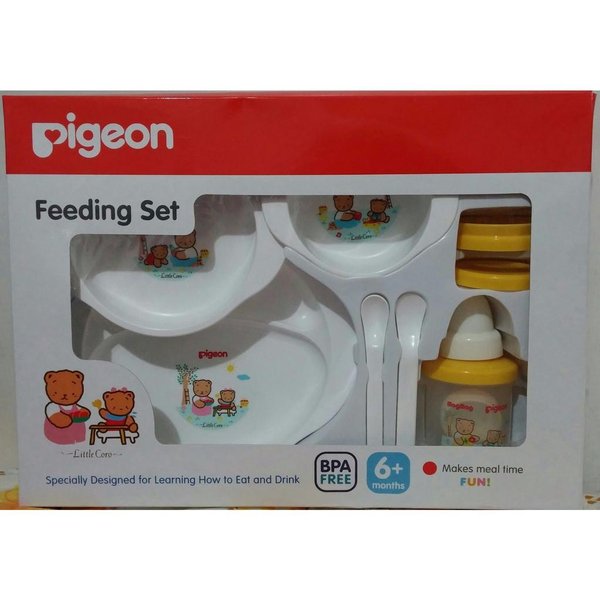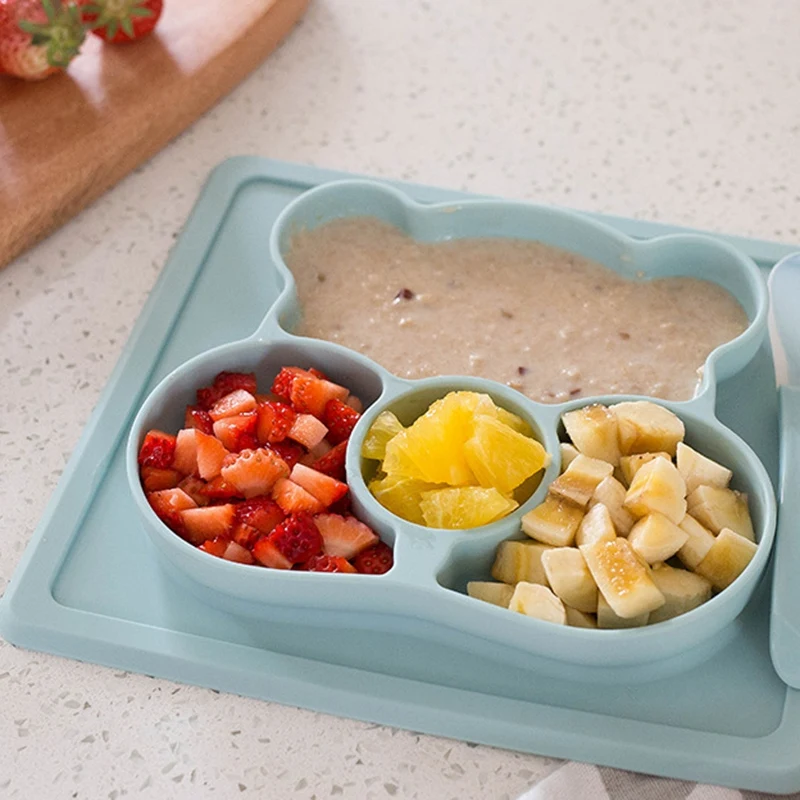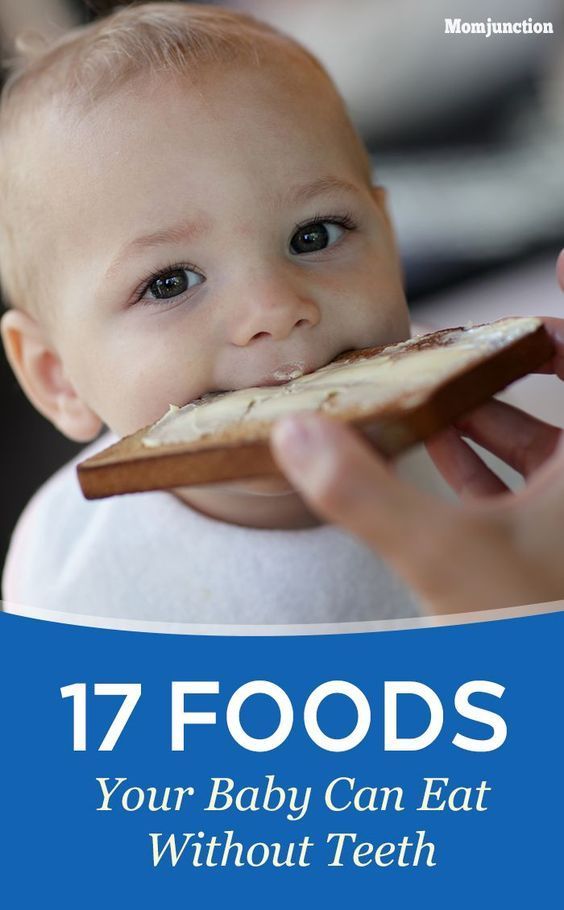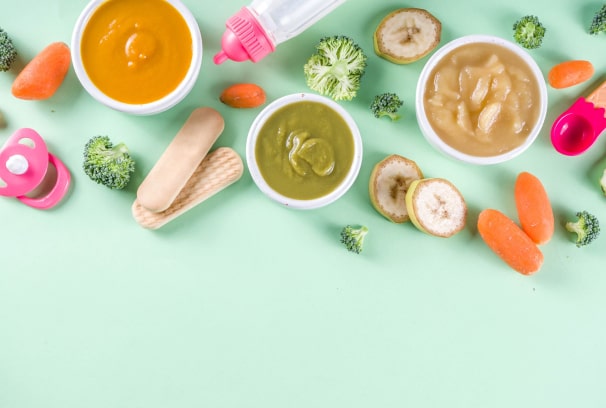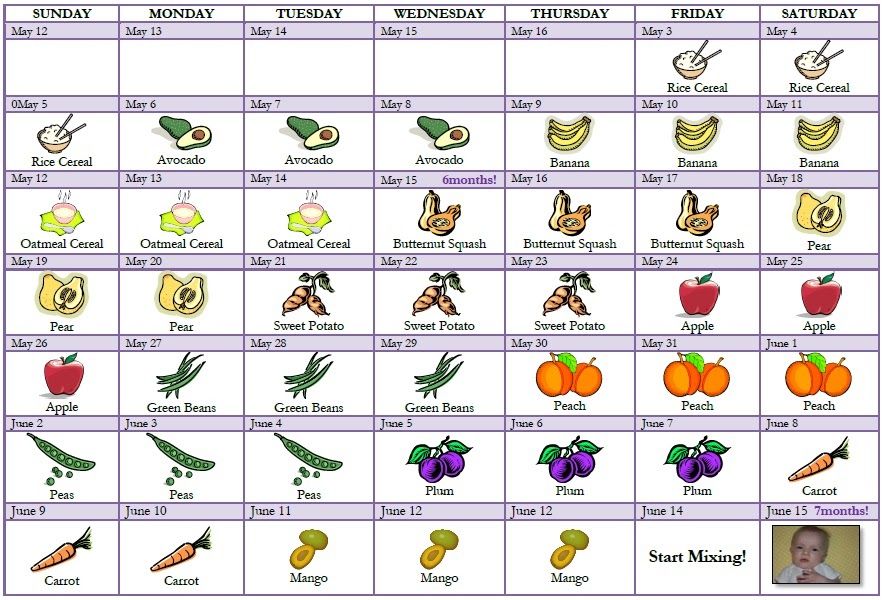Pigeon baby feeding set
PIGEON Baby Soft Tip Feeding Spoon
AustraliaAfghanistanAland IslandsAlbaniaAlgeriaAmerican SamoaAndorraAngolaAnguillaAntarcticaAntigua and BarbudaArgentinaArmeniaArubaAustriaAzerbaijanBahamasBahrainBangladeshBarbadosBelarusBelgiumBelizeBeninBermudaBhutanBolivia, Plurinational State ofBonaire, Sint Eustatius and SabaBosnia and HerzegovinaBotswanaBouvet IslandBrazilBritish Indian Ocean TerritoryBrunei DarussalamBulgariaBurkina FasoBurundiCambodiaCameroonCanadaCape VerdeCayman IslandsCentral African RepublicChadChileChinaChristmas IslandCocos (Keeling) IslandsColombiaComorosCongoCongo, the Democratic Republic of theCook IslandsCosta RicaCote d'IvoireCroatiaCubaCuraçaoCyprusCzech RepublicDenmarkDjiboutiDominicaDominican RepublicEcuadorEgyptEl SalvadorEquatorial GuineaEritreaEstoniaEswatini, Kingdom ofEthiopiaFalkland Islands (Malvinas)Faroe IslandsFijiFinlandFranceFrench GuianaFrench PolynesiaFrench Southern TerritoriesGabonGambiaGeorgiaGermanyGhanaGibraltarGreeceGreenlandGrenadaGuadeloupeGuamGuatemalaGuernseyGuineaGuinea-BissauGuyanaHaitiHeard Island and McDonald IslandsHoly See (Vatican City State)HondurasHong KongHungaryIcelandIndiaIndonesiaIran, Islamic Republic ofIraqIrelandIsle of ManIsraelItalyJamaicaJapanJerseyJordanKazakhstanKenyaKiribatiKorea, Democratic People's Republic ofKorea, Republic ofKuwaitKyrgyzstanLao People's Democratic RepublicLatviaLebanonLesothoLiberiaLibyaLiechtensteinLithuaniaLuxembourgMacaoMadagascarMalawiMalaysiaMaldivesMaliMaltaMarshall IslandsMartiniqueMauritaniaMauritiusMayotteMexicoMicronesia, Federated States ofMoldova, Republic ofMonacoMongoliaMontenegroMontserratMoroccoMozambiqueMyanmarNamibiaNauruNepalNetherlandsNew CaledoniaNew ZealandNicaraguaNigerNigeriaNiueNorfolk IslandNorth Macedonia, Republic ofNorthern Mariana IslandsNorwayOmanPakistanPalauPalestine, State ofPanamaPapua New GuineaParaguayPeruPhilippinesPitcairnPolandPortugalPuerto RicoQatarReunionRomaniaRussian FederationRwandaSaint BarthélemySaint Helena, Ascension and Tristan da CunhaSaint Kitts and NevisSaint LuciaSaint Martin (French part)Saint Pierre and MiquelonSaint Vincent and the GrenadinesSamoaSan MarinoSao Tome and PrincipeSaudi ArabiaSenegalSerbiaSeychellesSierra LeoneSingaporeSint Maarten (Dutch part)SlovakiaSloveniaSolomon IslandsSomaliaSouth AfricaSouth Georgia and the South Sandwich IslandsSouth SudanSpainSri LankaSudanSurinameSvalbard and Jan MayenSwedenSwitzerlandSyrian Arab RepublicTaiwanTajikistanTanzania, United Republic ofThailandTimor-LesteTogoTokelauTongaTrinidad and TobagoTunisiaTurkeyTurkmenistanTurks and Caicos IslandsTuvaluUgandaUkraineUnited Arab EmiratesUnited KingdomUnited StatesUnited States Minor Outlying IslandsUruguayUzbekistanVanuatuVenezuela, Bolivarian Republic ofVietnamVirgin Islands, BritishVirgin Islands, U. S.Wallis and FutunaWestern SaharaYemenZambiaZimbabwe
Pick-up from BestNappies Lidcombe - $0.00
Free pick up from shop from 9:30am to 5pm, Monday to Friday
Pigeon - Feeding Set Online in India, Buy at Best Price from FirstCry.com
Pigeon - Feeding Set Online in India, Buy at Best Price from FirstCry.com - 20246Click to Activate Personalization
Home / Feeding & Nursing / Dishes & Utensils / Pigeon - Feeding Set
Pigeon - Feeding Set
Premium
01 ADD TO CART GO TO CART
Shortlist
Combo Return Window :No Returns Accepted for this product [?]
Questions & Answers
Your Question has been sucessfully submitted.
You will be notify by an email once as soon as answers your questions.
Ratings & Reviews
4.2
58 ratings and 4 reviews
WRITE REVIEW
OTHER OFFERINGS FROM Pigeon
FEEDBACK
Tell us if we missed any relevant information on the products?
Thank you for your Feedback
FirstCry.com - Asia's Largest Online Baby and Kids Store, is India's largest online shop for new mom and baby products, offering top of the line discounts on renowned national & International brands. Some of the most reputed brands available on FirstCry.com include Chicco, Graco, BSA, Johnson & Johnson, Medela, Pigeon, Fisher - Price, FunSkool, Lego, Disney & Barbie. FirstCry.com offers the widest range to chose from, boasting of over 2 Lakh Baby & Kids products.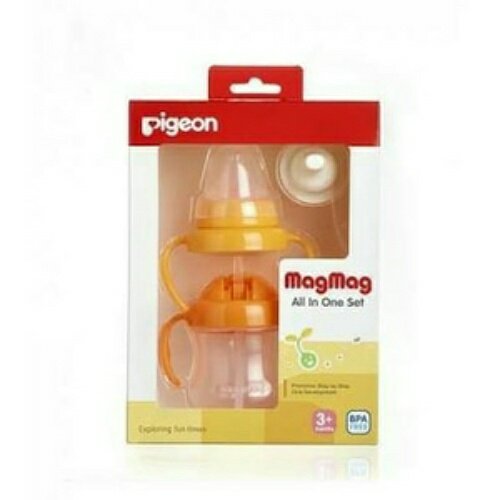 Customers can avail benefits of free Shipping as well as CoD(Cash on Delivery) on purchase from the website. © 2010-2023 www.FirstCry.com. All rights reserved. This website can be best viewed in resolution width of 1024 and above.
Customers can avail benefits of free Shipping as well as CoD(Cash on Delivery) on purchase from the website. © 2010-2023 www.FirstCry.com. All rights reserved. This website can be best viewed in resolution width of 1024 and above.
TOP
- Shortlist
Compare, consider and buy products you saved
- Quick Re-Order
Quickest way to find and re-order the products you love!
- Track Order
- Be in Touch
- Become a Franchisee
- Preschool Admissions
Select All
Please select products to add to cart
Add to cart
View All
Please enter your Order Number below.
To check your order number you can either check your Order Confirmation email or login to your account and check your order history.
Select Order Number*
Track Order
To get in touch with our customer care team regarding any queries or assistance, click here
5
Your Feedback is valuable to us
Email ID: Please enter the valid email ID
Mobile: + Please enter correct mobile No
Feedback: Please enter feedback
submit Please wait submitting . ..
..
Not Found what you are looking for? Suggest a Product
Email ID: Please enter the valid email ID
Mobile: + Please enter correct mobile No.
Product Details: Please enter suggestion
submit Please wait submitting ...
Rations and norms of feeding - Ptizevodstvo.ru
Pigeons of ornamental breeds (tumblers, Bukhara pigeons, puffers, peacocks, trumpeters, Jacobins, etc.) due to their flightlessness have flaccid muscles and an underdeveloped esophagus. They are physically much weaker than homing or racing pigeons, so the daily supply of food for them is less (35-45 g per day per head).
It should be noted that pigeons of large breeds, such as dragons, quarries, postal, meat, German exhibition and others, are recommended to be fed mainly large grains: beans, beans, large peas, corn, crushed acorns. Pigeons of small breeds, and especially short-beaked pigeons, are given small grains for food: millet, wheat, vetch, small peas. nine0005 By carefully observing his pets, the pigeon breeder can determine the amount of food: it should be exactly as much as the pigeons can eat at one time without a trace. Doves should not be allowed to rummage through the grain after feeding, scattering it from the feeder, or, conversely, remain hungry, looking for food.
nine0005 By carefully observing his pets, the pigeon breeder can determine the amount of food: it should be exactly as much as the pigeons can eat at one time without a trace. Doves should not be allowed to rummage through the grain after feeding, scattering it from the feeder, or, conversely, remain hungry, looking for food.
Satiety of a pigeon can be determined by the grain-filled crop, the latter should be soft, not completely stuffed with grain. At the hour of feeding, when a pigeon breeder appears with food, the pigeons should, fluttering their wings, quickly head towards the owner, this is the first sign that the pigeons are not overfeeding. At night, the feeders should be removed from the dovecote and cleaned of the grain remaining in them to prevent the appearance of mice. nine0005 During the moulting season, pigeons also have special feeding requirements. Every pigeon lover should remember this and adhere to the rules of feeding.
A set of feed consumed by an animal over a certain period of time (day, month, year) is called a feed ration.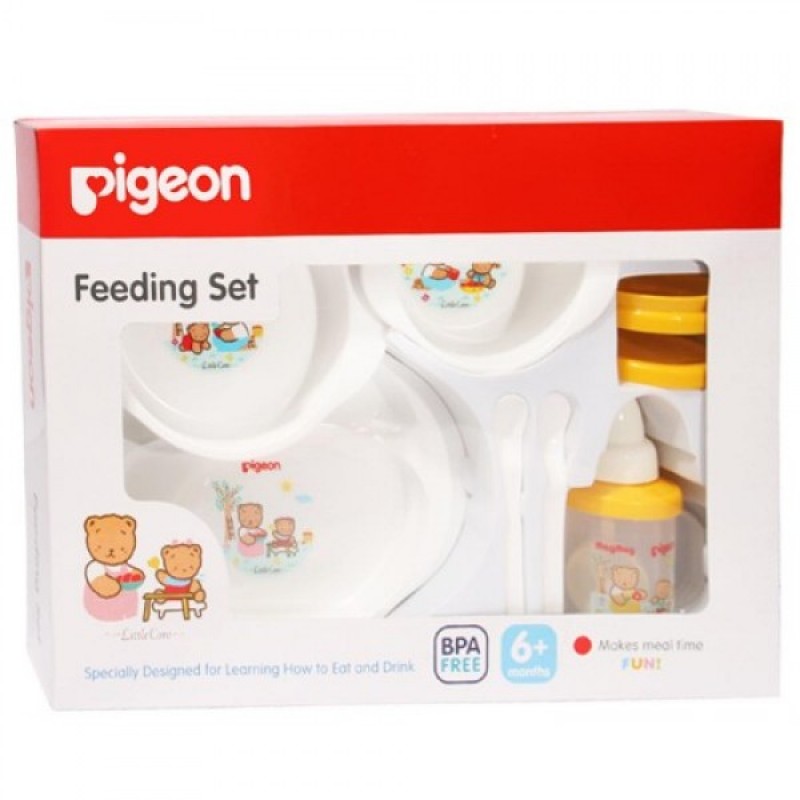 If the diet fully meets the needs of the animal in nutrients and energy, then it is called balanced.
If the diet fully meets the needs of the animal in nutrients and energy, then it is called balanced.
Feeding during the winter months. The winter feeding period usually starts in October. From this point on, grains with a moderate protein content should be selected so as not to cause sexual arousal. At the same time, the food should contribute to the formation of subcutaneous fat, which is necessary for maintaining internal heat, and also serve as the starting material for building feathers and down during molting. nine0005 To avoid fat pigeons in winter, it is recommended to make them fly on good sunny days. It should not be forgotten that if pigeons become fat in winter as a result of abundant nutrition and low mobility, then they then carry fatty (sterile) eggs.
In winter, the best food for pigeons should be recognized as a mixture of barley and hulled oats in the ratio: barley 70%, oats (oatmeal) 30%.
Good food for winter conditions - mixture (in%): barley - 40, hulled oats - 40, lentils - 10, crushed corn - 10.
Peeled potatoes, boiled in salt water, with the addition of wheat bran, clover flour, crushed lime, have proven themselves well.
In Belgium, pigeons have long been fed acorns during the winter months (20-30% of the total feed). Before use, the acorns are cleaned and, after complete drying, crushed, and then fed.
In the winter months, the daily allowance of feed mixture per head is 30-40 g. To avoid sexual arousal in pigeons, do not feed them corn, vetch, beans, peas in winter. nine0005 To maintain the elasticity and softness of the plumage, it is recommended to feed with rapeseed and flax seeds, which should be given every other day in an amount of not more than 45-50 g per 15 pairs.
Feeding before mating. Approximately 2-3 weeks before mating, protein-rich grains are introduced into the diet without increasing the total amount of grains. A small amount of hemp seed is added to the feed. However, it is very important that the transition to a protein-rich diet occurs gradually.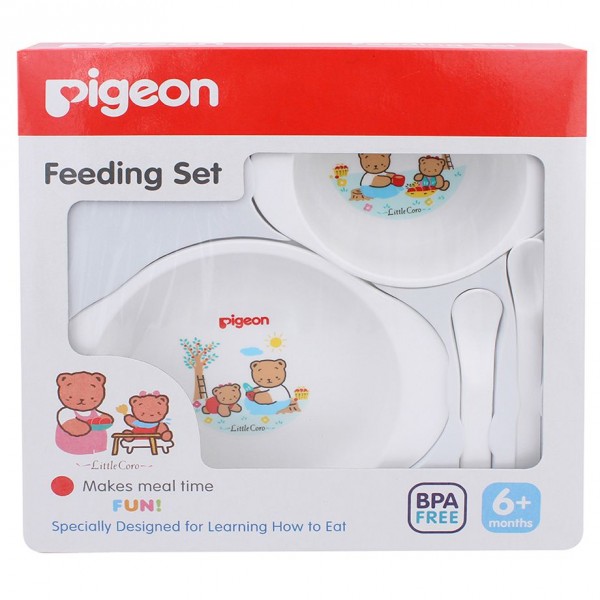 That is, it is necessary to organize the transitional period of feeding in such a way that the pigeons by the time of mating are healthy, energetic, and capable of reproduction. nine0005 It is effective to use the following feed mixture in the last 2-3 weeks before mating (in%): peas - 15, vetch - 15, millet - 20, oatmeal - 20, barley - 20, corn - 10.
That is, it is necessary to organize the transitional period of feeding in such a way that the pigeons by the time of mating are healthy, energetic, and capable of reproduction. nine0005 It is effective to use the following feed mixture in the last 2-3 weeks before mating (in%): peas - 15, vetch - 15, millet - 20, oatmeal - 20, barley - 20, corn - 10.
During this period, daily feed 35-45 g per head.
Feeding in the spring-summer months (pigeon breeding season). During the mating period, pigeons receive feed rich in protein and minerals. The lack of these components in the feed leads to a decrease in the reproductive function of pigeons and the vitality of the young. nine0005 The period of rearing the young to a large extent coincides with the period of training, competition and the rut of flying pigeons, therefore it is necessary to pay attention to ensure that the pigeons get enough of all the nutrients the body needs. Feed for breeding pigeons should have the ability to quickly saturate the birds.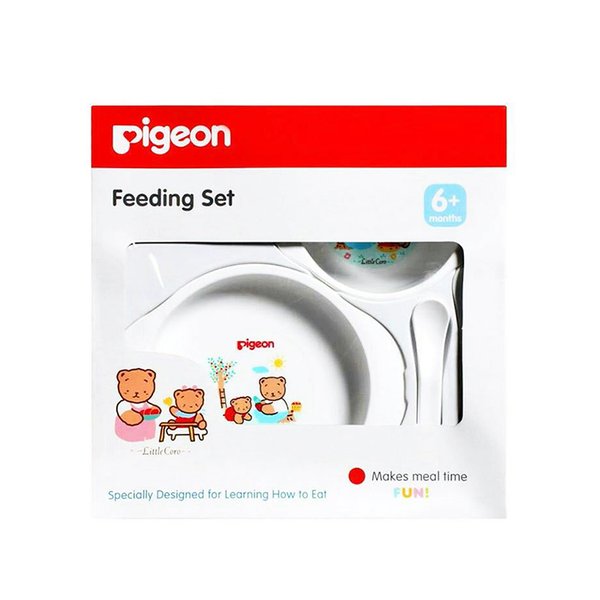 Legumes are considered the best food during this period, they should make up the majority of the diet. These are quite voluminous feeds that can quickly saturate the pigeon, rich in proteins and minerals, in particular phosphorus, which is of great importance for the formation of the skeleton. nine0005 For this period, the following feed mixture is recommended (in %): peas - 20, vetch - 10, millet - 20, wheat - 10, corn - 10, barley - 20, oats - 10.
Legumes are considered the best food during this period, they should make up the majority of the diet. These are quite voluminous feeds that can quickly saturate the pigeon, rich in proteins and minerals, in particular phosphorus, which is of great importance for the formation of the skeleton. nine0005 For this period, the following feed mixture is recommended (in %): peas - 20, vetch - 10, millet - 20, wheat - 10, corn - 10, barley - 20, oats - 10.
Daily feed per head 40-60 g , depending on the size of the pigeon.
Feeding during the molting period. During the most intense molting, that is, in July, August, September and October, pigeons should be fed as plentifully as during spring egg laying, because additional nutrients are required from the pigeon's body to form a feather cover. During the molting period, pigeon food should contain the maximum amount of nutrients, but not cause sexual arousal. The pigeon must use all its strength to renew the plumage, on which success in the next flight season will depend. This remark is of particular importance for hobbyists breeding carrier (sport) and racing pigeons. nine0005 The following feed mixture is recommended (in %): peas - 20, vetch - 10, millet - 10, oatmeal - 20, wheat - 10, corn - 10, barley - 10. Daily feed per head 40-50 g.
This remark is of particular importance for hobbyists breeding carrier (sport) and racing pigeons. nine0005 The following feed mixture is recommended (in %): peas - 20, vetch - 10, millet - 10, oatmeal - 20, wheat - 10, corn - 10, barley - 10. Daily feed per head 40-50 g.
Some pigeon breeders suggest increasing the amount of wheat to 50% or more during molting, but since wheat stimulates sexual activity, it is necessary to partially replace wheat with barley. It is advisable to give fish oil in gelatin capsules during molting to pigeons. With the coming autumn cooling, it is necessary to transfer pigeons to a winter diet, gradually increasing the dacha of barley and oats. nine0005 Feeding pigeons flying. Diets for competitive carriers and racing pigeons should focus on diets rich in carbohydrates, as carbohydrates provide energy. Carbohydrates include starch and sugar. Starch is adequately contained in wheat, corn, rice, and barley. Feeding pigeons with sugar during competitions has a positive effect on muscle activity. Pigeon breeders in Belgium and Germany during the flight of pigeons use the following feed mixture (in%): wheat - 20, corn - 20, small beans - 15, vetch - 30, peas - 10, barley - 5.
Pigeon breeders in Belgium and Germany during the flight of pigeons use the following feed mixture (in%): wheat - 20, corn - 20, small beans - 15, vetch - 30, peas - 10, barley - 5.
This food mix has a significant amount of protein (21.05%) and fat (4.75%) and is relatively low in carbohydrates (54.27%). The disadvantage of this diet is low carbohydrates. For flying pigeons during the rutting season, the following feed mixture can be used (in%): peas - 35, vetch - 10, millet - 10, corn - 10, wheat - 5, barley - 20, oats - 10. This feed mixture has the following nutritional value (in %): protein - 17.71, fat - 2.88, carbohydrates - 63.61, minerals - 2.72, water - 13.08.
Pigeons (postal, racing) participating in flights are fed with hemp, rapeseed, flaxseed (approximately 3-4 g per head). nine0005 Daily supply of feed mixture per head 40-50 years.
Feeding pigeons during transportation en route. Pigeons being prepared for transport and on the way should not receive large doses of food that requires a lot of water to soften, such as beans, peas. It is very dangerous if the pigeons intended for participation in competitions are thirsty along the way. During the test flight, the pigeon, seeing a source of water, will stop flying to get drunk. He will spend time satisfying his thirst and thereby reduce his athletic performance. nine0005 Immediately before transportation and on the way, a ration of the following composition is recommended (in%): wheat - 50, corn - 20, vetch - 30. The daily feed mixture per head is 50 g. Pigeons should not be fed before the start. Throughout the entire journey in transport, pigeons must be constantly provided with fresh, clean water. Carrier pigeons after competitions or racing pigeons after a long summer are given some hemp, rapeseed, colza or other oilseeds mixed with wheat. Regular feeding of this delicious food to pigeons every time after the flight stimulates their desire to return to the dovecote. nine0005 Feeding young pigeons. Young pigeons weaned from their parents need a lot of food in the first weeks after jigging.
It is very dangerous if the pigeons intended for participation in competitions are thirsty along the way. During the test flight, the pigeon, seeing a source of water, will stop flying to get drunk. He will spend time satisfying his thirst and thereby reduce his athletic performance. nine0005 Immediately before transportation and on the way, a ration of the following composition is recommended (in%): wheat - 50, corn - 20, vetch - 30. The daily feed mixture per head is 50 g. Pigeons should not be fed before the start. Throughout the entire journey in transport, pigeons must be constantly provided with fresh, clean water. Carrier pigeons after competitions or racing pigeons after a long summer are given some hemp, rapeseed, colza or other oilseeds mixed with wheat. Regular feeding of this delicious food to pigeons every time after the flight stimulates their desire to return to the dovecote. nine0005 Feeding young pigeons. Young pigeons weaned from their parents need a lot of food in the first weeks after jigging. Starting from the time when the iris of the eye becomes the same color as that of the parents, fodder dachas can be slightly reduced. Young pigeons should be fed 3 times a day, giving small portions in the morning and at noon, and a large portion in the evening. It is recommended to moisten the grains with a few drops of fish oil. At first, after jigging from their parents, young pigeons are reluctant to eat legumes, preferring wheat to them. At this time, so that they do not lag behind in growth, they are given a large amount of wheat, a little vetch, peas and barley mixed. When young pigeons begin to fly in flocks, the wheat rate should be reduced by half, and instead peas and vetch should be given in equal amounts. nine0005 The composition of the diet (in%): wheat - 20, peas - 10, vetch - 10, barley - 20, corn - 10, millet - 30. Beans can be mixed in later, thus reducing the amount of vetch.
Starting from the time when the iris of the eye becomes the same color as that of the parents, fodder dachas can be slightly reduced. Young pigeons should be fed 3 times a day, giving small portions in the morning and at noon, and a large portion in the evening. It is recommended to moisten the grains with a few drops of fish oil. At first, after jigging from their parents, young pigeons are reluctant to eat legumes, preferring wheat to them. At this time, so that they do not lag behind in growth, they are given a large amount of wheat, a little vetch, peas and barley mixed. When young pigeons begin to fly in flocks, the wheat rate should be reduced by half, and instead peas and vetch should be given in equal amounts. nine0005 The composition of the diet (in%): wheat - 20, peas - 10, vetch - 10, barley - 20, corn - 10, millet - 30. Beans can be mixed in later, thus reducing the amount of vetch.
Daily norm of feed mixture per head 30-40 g.
Effect of certain types of feed on the incubation quality of eggs. The fertility of eggs and the hatchability of chicks depend on the correct feeding of adult pigeons. Often, many amateur pigeon breeders feed the bird without taking into account the needs of the body, most often with only one or two types of grain without vitamin and mineral supplements, rarely add peas, vetch, lentils, sunflowers, young clover, alfalfa, nettles, red carrots. Due to the shortcomings of such feeding, the body of pigeons does not receive vital nutrients - proteins, carbohydrates, minerals and vitamins - and its normal activity is disrupted. The lack of calcium, phosphorus and vitamin B in the diet of pigeons leads to the fact that they begin to lay eggs with a thin and fragile shell, and sometimes without it. Constant feeding of wheat causes indigestion in pigeons, contributes to obesity. Due to the lack of vitamins A and D in wheat, eggs are often not fertilized or the embryos die in them, and sometimes pigeons completely stop laying eggs. nine0005 Inadequate content of vitamin B2 in wheat also causes the death of embryos.
The fertility of eggs and the hatchability of chicks depend on the correct feeding of adult pigeons. Often, many amateur pigeon breeders feed the bird without taking into account the needs of the body, most often with only one or two types of grain without vitamin and mineral supplements, rarely add peas, vetch, lentils, sunflowers, young clover, alfalfa, nettles, red carrots. Due to the shortcomings of such feeding, the body of pigeons does not receive vital nutrients - proteins, carbohydrates, minerals and vitamins - and its normal activity is disrupted. The lack of calcium, phosphorus and vitamin B in the diet of pigeons leads to the fact that they begin to lay eggs with a thin and fragile shell, and sometimes without it. Constant feeding of wheat causes indigestion in pigeons, contributes to obesity. Due to the lack of vitamins A and D in wheat, eggs are often not fertilized or the embryos die in them, and sometimes pigeons completely stop laying eggs. nine0005 Inadequate content of vitamin B2 in wheat also causes the death of embryos.
Increased norms of proteins in the diet with a lack of vitamins of group B and especially B2 negatively affect the metabolism in the bird's body and the incubation quality of eggs.
what to feed birds in winter and why not to do it in summer
12:26 Thu, November 08, 2018
At the initiative of the Russian Bird Conservation Union, Sinichkin Day is celebrated annually on November 12. Residents of different settlements prepare feeders to help the birds survive the harsh winter. About what is better to make a "birdhouse", what to put in it and why you should not feed the birds in the summer - in the material of the City +. nine0011
Why feed?
The fact is that in severe frosts, birds often cannot get their own food. The insects they feed on are not available for obvious reasons, and other food is often difficult to get from under the snow. Because of this, in winter you can often see freezing birds. The Union for the Protection of Birds of Russia notes that up to 90% of tits die during this period.
To help the animals, every caring Petersburger can arrange feeding. To do this, it is enough to hang a feeder in your yard or park and replenish it, but you need to do this regularly - as it is empty. Otherwise, you can destroy the birds, accustomed to regular meals. nine0003
There is, however, one caveat - you need to feed the birds only in the cold season. On a permanent basis in summer, this action can even harm some species. As ornithologist Sergey Petrov said, ducks, for example, do not need to be pampered until the end of October. If the animals get used to the fact that the food "comes" to them by itself, then they may not fly away for the winter, and whether they will survive in a cold city is a big question. “You need to start feeding forest and park birds in late October - early November, and you need to stop doing this with the onset of prolonged thaws, that is, in late April or early May. But it happens that the cold returns - in this case, top dressing can and should be resumed.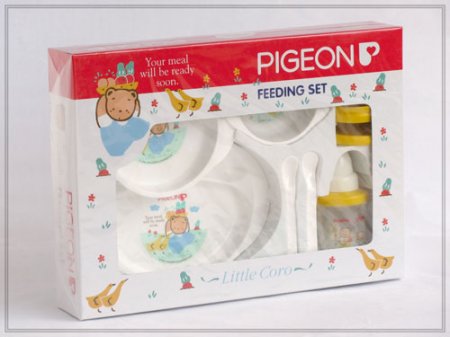 In summer, birds can easily find food for themselves - they eat insects, and this food is more useful and nutritious for them, ”the ornithologist believes. nine0003
In summer, birds can easily find food for themselves - they eat insects, and this food is more useful and nutritious for them, ”the ornithologist believes. nine0003
Who to feed?
Not all species need human care. For example, according to Sergei Petrov, pigeons and crows should not be fed. Moreover, they can “take away” food from the same tits that need additional food. This fact is worth considering if you are going to make a feeder. “These are synanthropic species. They find their own food, their numbers do not need to be supported,” the ornithologist noted.
A variety of birds can fly to the feeder: in the city these are great tits, brownies and field sparrows. In a large park or on the outskirts, the species composition will be more diverse: blue tit, brown-headed tit, moskovka, as well as nuthatches and woodpeckers. nine0003
What to feed?
First you need to make the feeder itself. “Shape and material are not important,” explains Sergey Petrov. “But it is necessary that it must be closed from snow, rain and wind. It is also necessary that pigeons and crows do not get into it. Therefore, it is worth showing imagination and getting acquainted with various suitable options. One of these is in the link.
“But it is necessary that it must be closed from snow, rain and wind. It is also necessary that pigeons and crows do not get into it. Therefore, it is worth showing imagination and getting acquainted with various suitable options. One of these is in the link.
The feeder can be hung on a tree near the house, or outside the window. The only question is whether the birds will be able to get to you: if you live on the twentieth floor, it is unlikely that titmouse will be frequent guests. “In the city center, birds may not even reach the sixth floor. And if, for example, a tree grows near the house, then they can easily fly up to 11-12. We need to try: if the food does not disappear, then it is worth moving the feeder closer to the ground, ”the ornithologist explained. nine0003
As for the set of feeds, the Union for the Protection of Birds of Russia for tits and other insectivores recommends unsalted fat of any animals, unfried sunflower seeds (they are very high in calories) and pumpkins (to a lesser extent - watermelon seeds, melons and white bread crumbs).